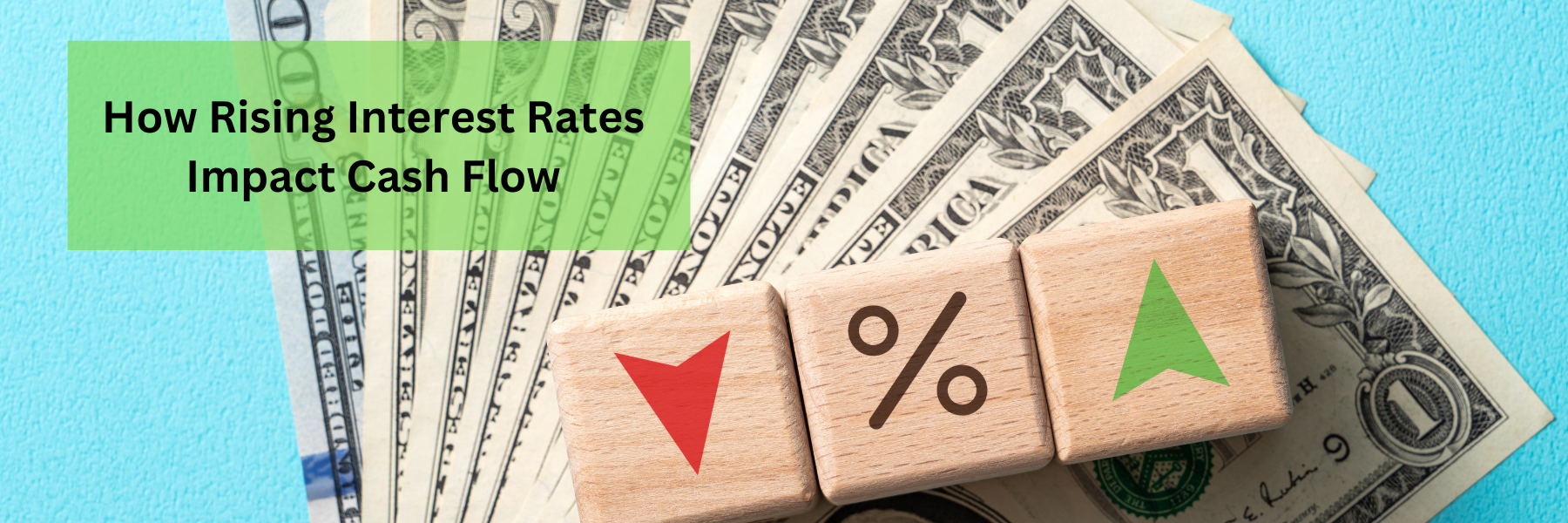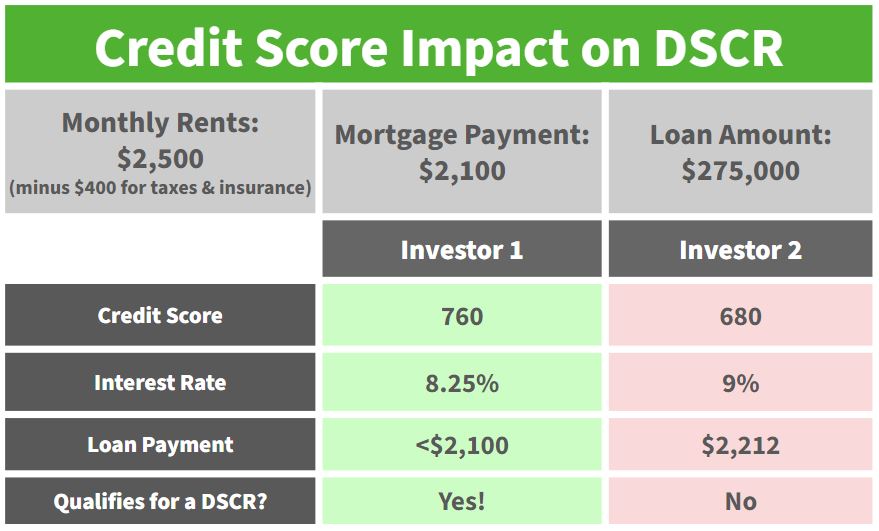The Best Way to Find a DSCR Loan For Your Investment
Today we are going to discuss the best way to find a DSCR loan for your investment property. Unlike Fannie and Freddie, or traditional lenders, DSCR loans do not have the same guidelines. Instead, DSCR loans are regulated by a few big investors and do not force people to fit into a computerized box. This creates the opportunity for investors to find the perfect loan to meet their needs. What is the best way to find a DSCR loan? Let’s take a closer look.
Every lender is different.
Every DSCR lender is different and they each have their own guidelines that they follow. While a lot of lenders will only do 1 to 4 units, others will be more adventurous and do commercial properties. For these lenders, you either fit in their box or you don’t. All DSCR lenders are not the same, they don’t always look the same, and most importantly they are not priced the same. It is important to keep this in mind when you are looking and shopping for DSCR loans. Shopping around for the best loan to fit your needs is especially important if you have something unique.
What to look for?
Keep in mind all of your options when looking at DSCR loans. This includes the pricing, rules, and regulations, which can vary depending on the lender. Here at The Cash Flow Company we have between 7 and 10 different places that we work with for DSCR loans. That is because not every DSCR loan type will fit in every lender’s box. For example, we are doing a portfolio for a customer who has a 12 plex, 4 plex, and a couple single family properties. The borrower only wants one loan. Another customer is doing 3 single family properties, but two are very unique situations. One is a pad split, another is a contract for a deed. Our goal for both customers is to find a lender that can do all of these properties in one loan. By finding the right DSCR lender, the sky’s the limit to your success.
We are here to help!
Are you in need of a DSCR loan for a unique property? Here at The Cash Flow Company we are happy to run through the numbers to see which loan is best for you. Most importantly, there is no need to run your credit! Don’t get stressed trying to fit into a lending box! Keep your options open and find the right DSCR lender today!
Contact us today to find out more about DSCR loans!
Watch our most recent video about: “The Best Way to Find a DSCR Loan For Your Investment”












